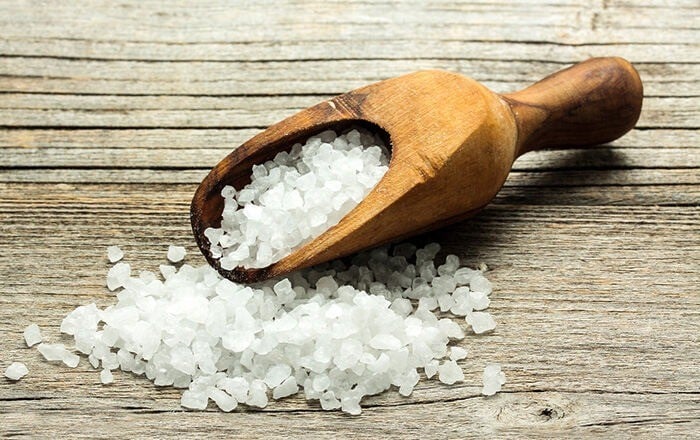
Uses and benefits of sea salt
Sea salt is considered a delicious addition to foods, but it also has health benefits and is used in many health and beauty contexts. You can get it from a perfume store in Saudi Arabia at the best prices. Here are some of the popular uses and benefits of sea salt:
- Flavor enhancement: It is mainly used as a seasoning and condiment to improve the flavor in food. Sea salt naturally enhances the taste of foods.
- Teeth cleaning: Sea salt is used in some cases as a mouthwash to clean teeth and gums, and salt is useful for oral and dental care .
- Skin exfoliation: Sea salt can be mixed with natural oils to prepare a skin exfoliation mixture, used to remove dead cells and improve skin smoothness.
- Treating headaches: Some people use cold shaving by mixing sea salt with water, and this is said to help relieve headaches.
- Acne treatment: Sea salt is used in some skin care products to treat acne and control oil secretion.
- Remedy for sore throat: Sea salt can be an ingredient in a saline solution used to rinse the mouth and relieve sore throats.
- Cleaning the nose: Water salted with sea salt is used to wash the nose in cases of a cold or allergic rhinitis.
- Muscle relaxation: Sea salt can be added to a hot bath to achieve a soothing effect on the muscles and body.
- Treating arthritis: It is believed that bathing in salt water containing sea salt can be beneficial for people suffering from arthritis.
The difference between it and regular salt
There are several differences between sea salt and regular salt (rock salt or refined salt), and these differences lie in the method of their extraction and composition, and the nutrients found in each type. Here are some key differences:
Obtain source:
- Sea salt: extracted from marine water by evaporating it using the sun or wind. Natural sea salt is deposited when water evaporates, and is collected and dried. It comes from salty seas and is formed from salt water.
- Ordinary salt: extracted from salt mines (salt rocks) and refined and refined to obtain pure salt, or usually also extracted from underground deposits.
Nutrients:
- Sea salt: It contains natural elements other than salt, such as magnesium, potassium, and calcium, since it is extracted from marine water.
- Regular salt: It may be more pure in terms of salt, but it usually lacks other natural elements but contains salt, sodium, and many of the vitamins that you can get from coarse table salt .
Taste and colour:
- Sea salt: It tends to have a less colorful taste, tends to be transparent in color, and its color may be more natural due to natural impurities.
- Ordinary salt: It is usually white and has a purer taste than sea salt, since it comes from underground deposits.
Culinary uses:
- Sea salt: Commonly used in cooking to enhance flavor, some people prefer it because it is considered natural and contains additional minerals.
- Common salt: Also commonly used in cooking and sometimes more preferable in some applications where pure salt is desired. Note that when using any type of salt, it should be used in moderation to maintain the balance of salts in the body and avoid excess consumption.

